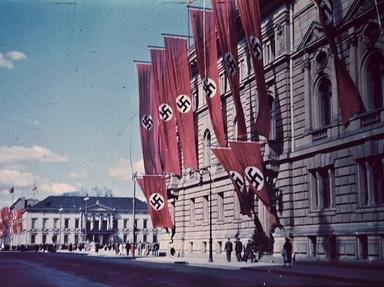Quiz Answer Key and Fun Facts
1. Why did Hitler poison his dog, Blondi?
2. How did the Goebbels children die?
3. Who did Hitler eat his last meal with?
4. What did a fair majority of the Bunker residents do once confirmation of Hitler's death was given?
5. Who is the last surviving member of the Bunker?
6. Which Bunker resident, one of the last to visit, lost almost their entire family to mass suicide towards the end of the war?
7. Which occupant of the Bunker was given a summary court marshal and shot on charges of desertion?
8. Which SS doctor, terrified of the Allies finding out of his concentration camp experiments, committed suicide with his family after begging Hitler to let him leave Berlin?
9. Which Bunker occupant disappeared on April 29, 1945, and to this date has never been found?
10. What was the ultimate fate of the Führerbunker?
Source: Author
RangerOne
This quiz was reviewed by FunTrivia editor
bloomsby before going online.
Any errors found in FunTrivia content are routinely corrected through our feedback system.


